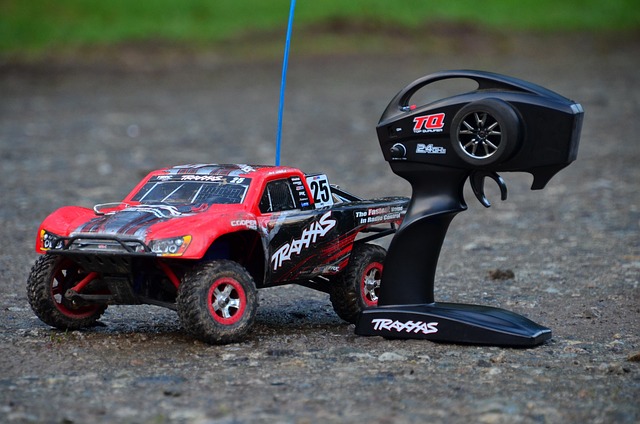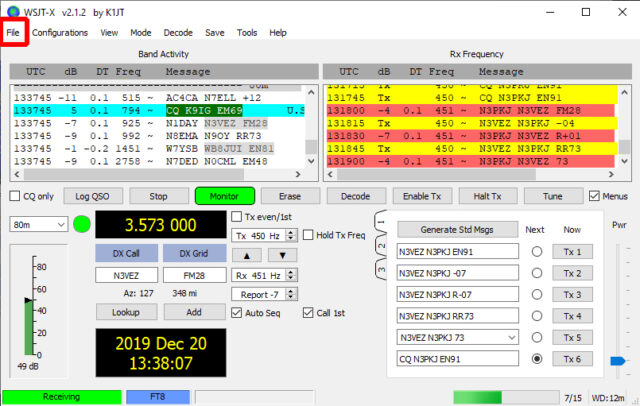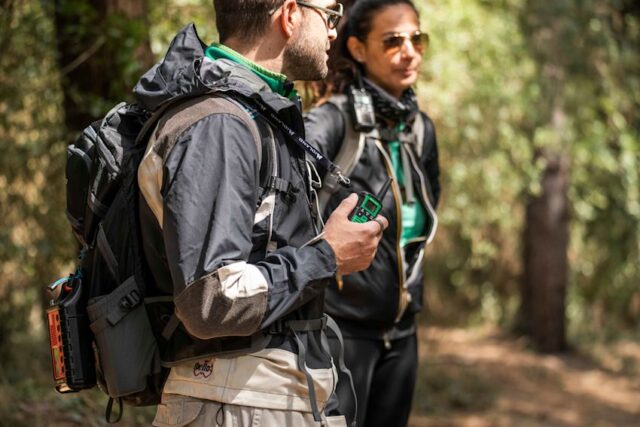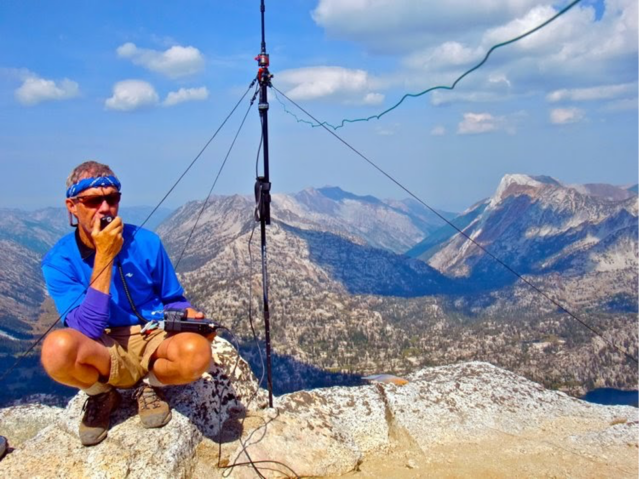CB radio—short for Citizens Band—has been around for decades, making its mark on everything from highway culture to hobbyist communities. Once the lifeline for truckers and the heart of a 1970s pop culture phenomenon, CB radio has evolved, survived, and even thrived in surprising ways. While smartphones and digital tech have changed the landscape, CB radio remains relevant, adaptable, and beloved by many.
Where it all began: the birth of CB radio
CB radio started in the U.S. in 1945 when the FCC introduced the Class D Citizens Band at 27 MHz. The goal? Make two-way radio accessible to the public—no licenses, no technical degrees needed. At first, it served small businesses, farmers, and tradespeople who needed simple, reliable communication over short distances.The beauty of CB radio was its simplicity. Plug it in, pick a channel, and start talking. That low barrier to entry opened up wireless communication to anyone who needed it.
The ’70s: CB radio hits the mainstream
The 1970s were CB radio’s golden years. As the oil crisis and new speed limits hit truckers hard, CB became the go-to tool for sharing fuel tips, traffic warnings, and speed trap locations. Pop culture followed, with hit songs like “Convoy” and movies like “Smokey and the Bandit” turning CB chatter into household slang.By 1977, millions of Americans owned CB radios. The FCC upped the channel count from 23 to 40 to handle the surge. Everyone from truck drivers to suburban families was chatting on the airwaves using quirky “handles” and a brand-new language of 10-codes and slang.CB culture was vibrant. Clubs formed, people met on the air, and CB meetups became weekend events. It wasn’t just a tool—it was a social network before the internet existed.
How CB radio works—and what holds it back
CB radio runs on 40 channels in the 27 MHz band, also known as the 11-meter band. Legally, power is capped at 4 watts for AM and 12 watts for single sideband (SSB). That limits range to around 3–5 miles normally, though under the right conditions (like during atmospheric “skip”), you might reach much farther.However, it’s not all smooth sailing. CB is prone to interference from nearby electronics, storms, and even other CB users. Unlike ham radio, you’re not allowed to boost your signal with amplifiers or modified gear. These limits help prevent chaos on the airwaves—but they also mean CB works best for short-range chatting.
When CB fell out of favor
The 1990s brought big changes. Cell phones became affordable. GPS arrived. The internet took off. And suddenly, CB radio seemed old-fashioned. Many users packed away their gear, and CB use started to drop.Overcrowded channels, rude or unregulated users, and lack of privacy didn’t help. And since CB didn’t transition into digital formats like other services did, it felt stuck in time. By the early 2000s, it was mostly hobbyists, truckers, and off-roaders keeping it alive.
The comeback: why CB still matters today
Here’s the twist: CB never died. In fact, it’s making a bit of a comeback. Why? Because it’s simple, reliable, and doesn’t depend on cell towers or the internet. Preppers love it. So do Jeep clubs, rural communities, and outdoor enthusiasts.Modern CB radios have evolved. Today’s models often include weather channels, Bluetooth features, and better noise filters. Compact antennas make mobile setups easier than ever. And thanks to online tutorials and communities, it’s easier to get started now than it was in the ’70s.You’ll find active Facebook groups, YouTube channels, and Reddit communities sharing advice on gear, setups, and legal tips. The old-school hobby is learning some new-school tricks.
Comparing CB to the competition
CB has some clear strengths and weaknesses compared to other radio types:
- Ham radio: More power, more frequencies, and longer range—but it requires a license.
- FRS/GMRS radios: Operate on UHF, usually clearer in cities. GMRS needs a license, but both are good for families.
- Cell phones: Obvious convenience, but they’re useless if the grid goes down or you’re off the map.
CB’s biggest perk? Total independence. No towers, no infrastructure—just your radio, your antenna, and the open air.
Where CB radio shines today
CB is still useful in lots of situations:
- Truckers share road info and stay in touch.
- Off-road groups use CB to coordinate during trips.
- Preppers rely on it for grid-down communication.
- Event organizers use it to manage staff in real-time.
- Hobbyists chase skip conditions and log distant contacts.
Whether you’re on a dusty trail or prepping for a blackout, CB remains a practical tool.
The lingo lives on
CB talk is half the fun. Terms like “10-4,” “What’s your 20?”, and “Smokey on your tail” are still alive and well. Using 10-codes adds flavor, and personal handles give the experience personality.Here are a few classics:
- 10-1: Bad signal
- 10-4: Got it
- 10-9: Say again?
- 10-20: Your location
- 10-33: Emergency happening
Choosing your handle is part of the charm. Whether you’re “Blue Mustang,” “Coffee Queen,” or “Gravel Dog,” your on-air persona is yours to define.
CB around the world
CB isn’t just an American thing. Countries across the globe have adopted their own rules and setups. In Europe, CEPT standards unify regulations across borders. In Australia, UHF CB is common instead of 27 MHz.Brazil still has a large CB community, especially among truck drivers. Japan’s CB usage is limited, but it’s still regulated and respected. What varies most are the allowed frequencies, power levels, and whether FM or SSB modes are legal.
What’s next for CB?
While CB radio likely won’t return to its pop culture peak, it still has a future. Recent rule changes in the U.S. now allow FM on CB—a big step that improves clarity and may spark fresh interest.New tech is merging with old-school radio. Apps help scan for traffic, map propagation, or even log contacts. Hybrid digital-analog setups are on the horizon. Enthusiasts continue to push what’s possible, all within legal bounds.As digital tools grow more fragile, analog tools like CB become more valuable. It’s not just about nostalgia—it’s about resilience, independence, and real human connection.
Thinking of jumping in? Start here
Here’s a quick-start guide for anyone curious about CB:
- Buy a good mobile radio. Something like the Cobra 29 or Bearcat 880 works well.
- Don’t skimp on the antenna. A tuned whip or mag-mount is worth the investment.
- Learn to tune with an SWR meter. It keeps your signal strong and your equipment safe.
- Join a community. Online forums and local clubs can help you get started.
- Listen first. Get a feel for channel activity before you key the mic.
Great radios and brands to consider
Some brands have stood the test of time:
- Cobra 148 GTL: Excellent sideband capabilities.
- Uniden Bearcat: Great filters and modern features.
- President McKinley: Solid EU brand with a U.S. fan base.
- Galaxy: Loud, clear, and favored by hobbyists.
Know the rules and play fair
Even though CB is license-free, there are still rules to follow:
- Use legal power levels.
- Stick to approved gear.
- Keep it clean—no offensive talk.
- Share the airwaves.
- Use Channel 9 only for emergencies.
Good etiquette keeps CB useful and friendly.
Build your own antenna: a fun project
Want to get hands-on? Build a simple ground plane antenna. Here’s how:
- Cut a vertical wire about 102 inches long.
- Cut four more wires the same length for the ground plane.
- Mount the vertical above the others using a T-connector.
- Hook up your coax cable.
- Tune using an SWR meter.
Install it as high and clear as possible. Tweak, test, and enjoy.Picture source: OpenAI
Image(s) used in this article are either AI-generated or sourced from royalty-free platforms like Pixabay or Pexels.
Did you enjoy this article? Buy me a coffee!






